
NEW YEARS CELEBRATED JANUARY 1ST
JAPAN

Learn how to make toshikosi soba!
Follow a Japanese family as they celebrate New Year’s.
Spain

AMERICAN SOUTH
On New Years in the American South (and also in some other parts of the country) people eat Hoppin’ John. The dish, Hoppin’ John, is black eyed peas and collard greens (or a mix of black-eyed peas, pork and rice). It is believed to have originated with the enslaved Africans living in the Low Country of South Carolina. The whole meal is supposed to signify good luck– the black eyed peas are circular and shaped like coins, while the greens signify money and the cornbread, gold.

BULGARIA
On New Year’s Eve in Bulgaria people eat the traditional Bulgarian pastry banitsa (or banitza).
Fortunes are baked into the banitsa on little pieces of paper and whichever fortune you get in your piece is what is predicted for your future.

NIGERIA
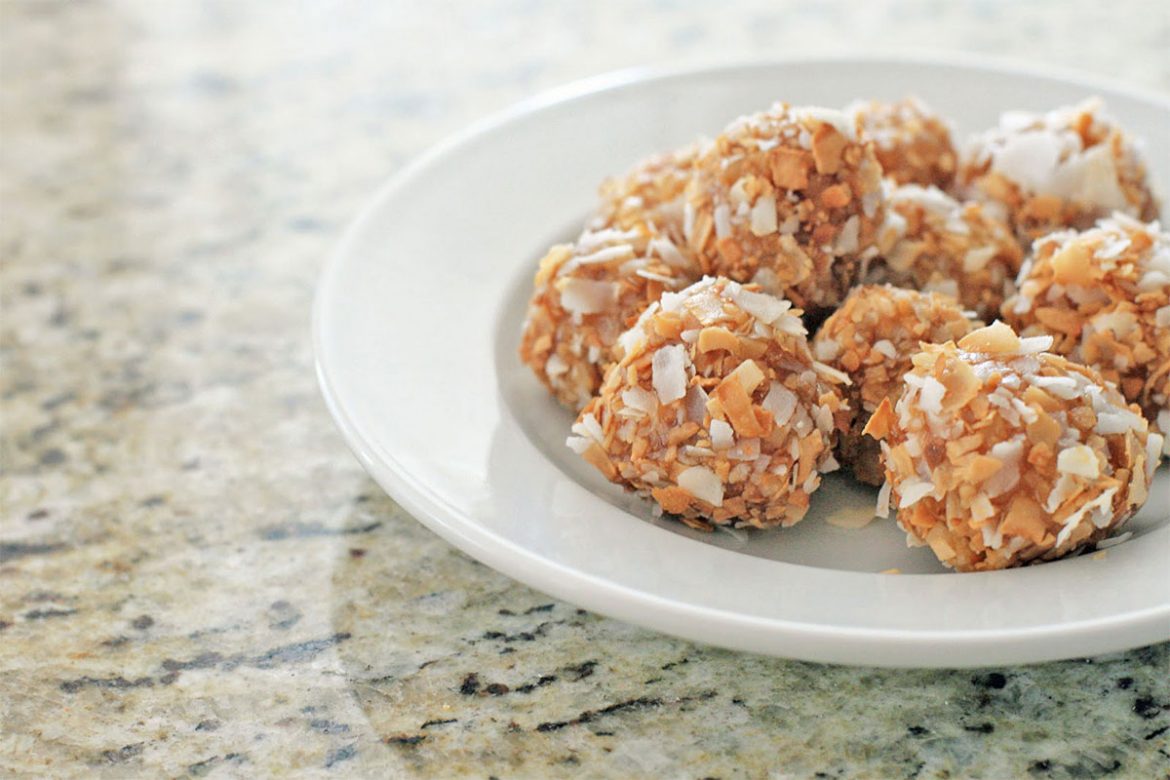
Coconut candy
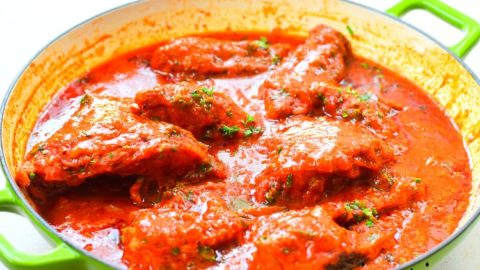
Fish stew
NEW YEARS DURING THE REST OF THE CALENDAR YEAR
ASIAN NEW YEAR
The Asian New Year is not celebrated on January 1st, but instead on the lunar new year in many countries in Asia, including China. Family is extremely important in Chinese culture so a lot of importance is placed on the New Year’s Eve meal, also called the Reunion dinner.
There are many regions in China so there is some variation in traditional foods across the country, but there are some foods that can be found in almost all Chinese households. Spring rolls (or eggrolls, as people know them in the US) are very common in China. The name “spring roll” actually comes from another name for the New Year in China, the “Spring Festival.” Dumplings, noodles, steamed fish and chicken, nian gao (rice cake or New Year cake), vegetables, and hot pot are also dishes that are all commonly served for New Year’s meals.
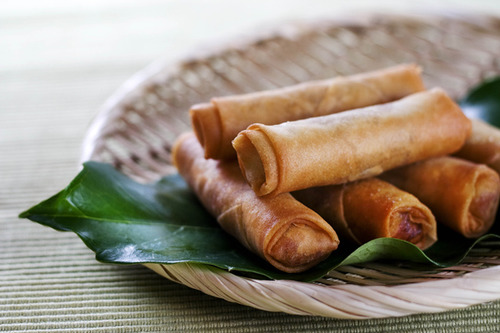

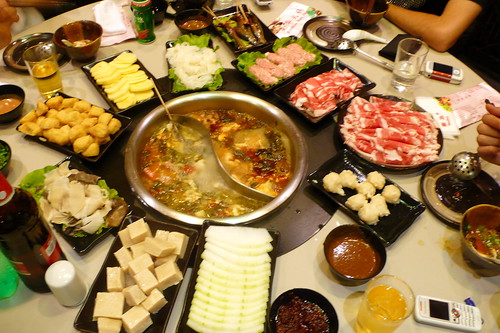
DIWALI
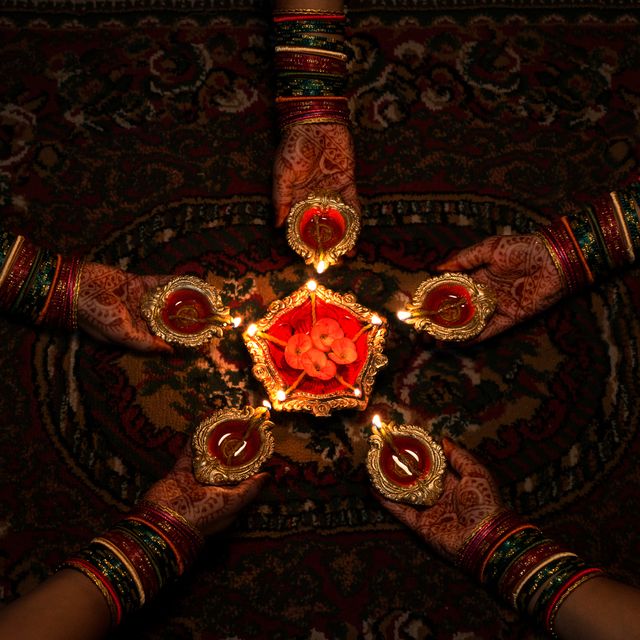

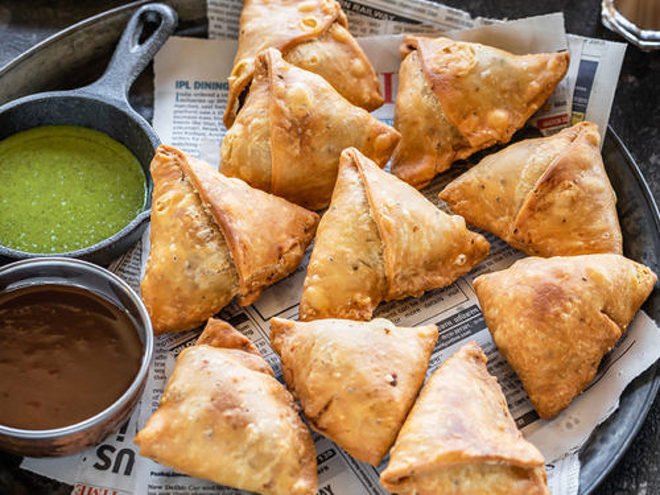

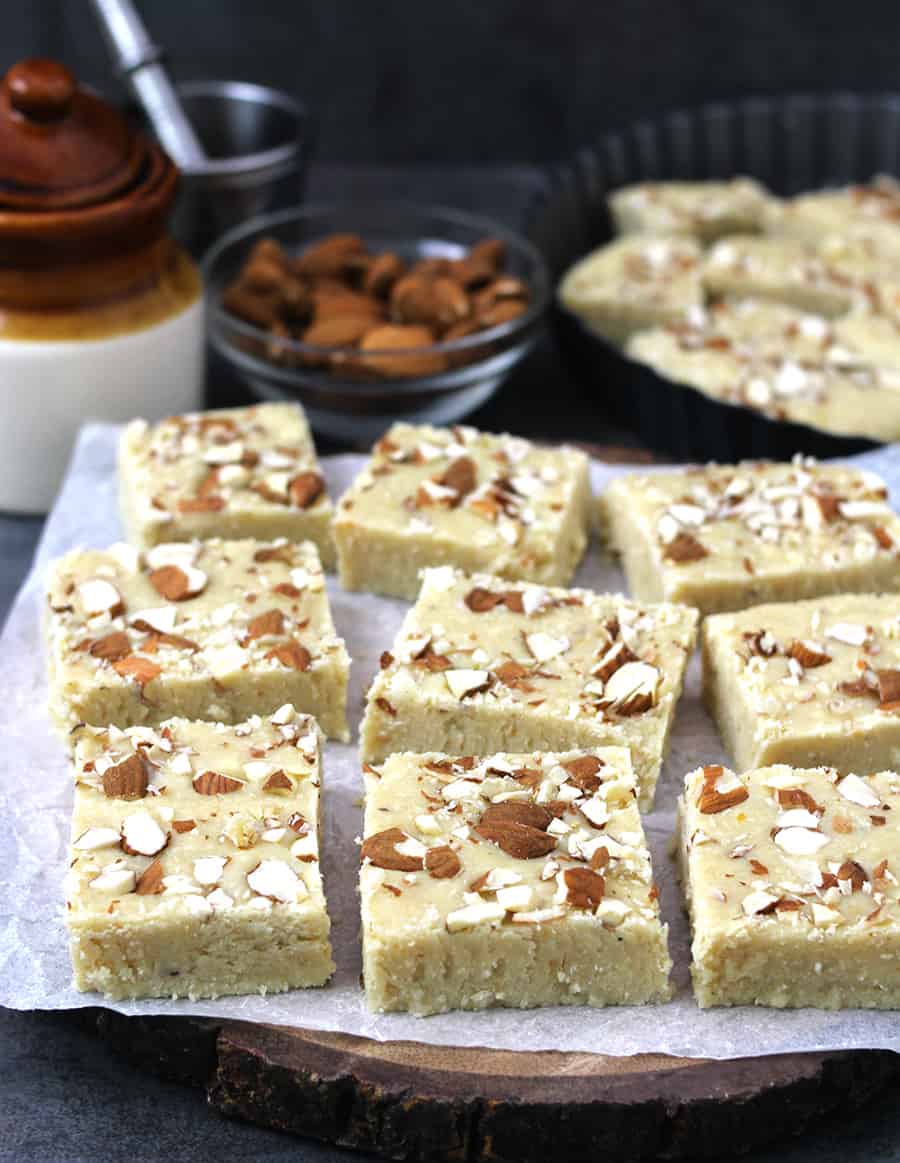
NOWRUZ
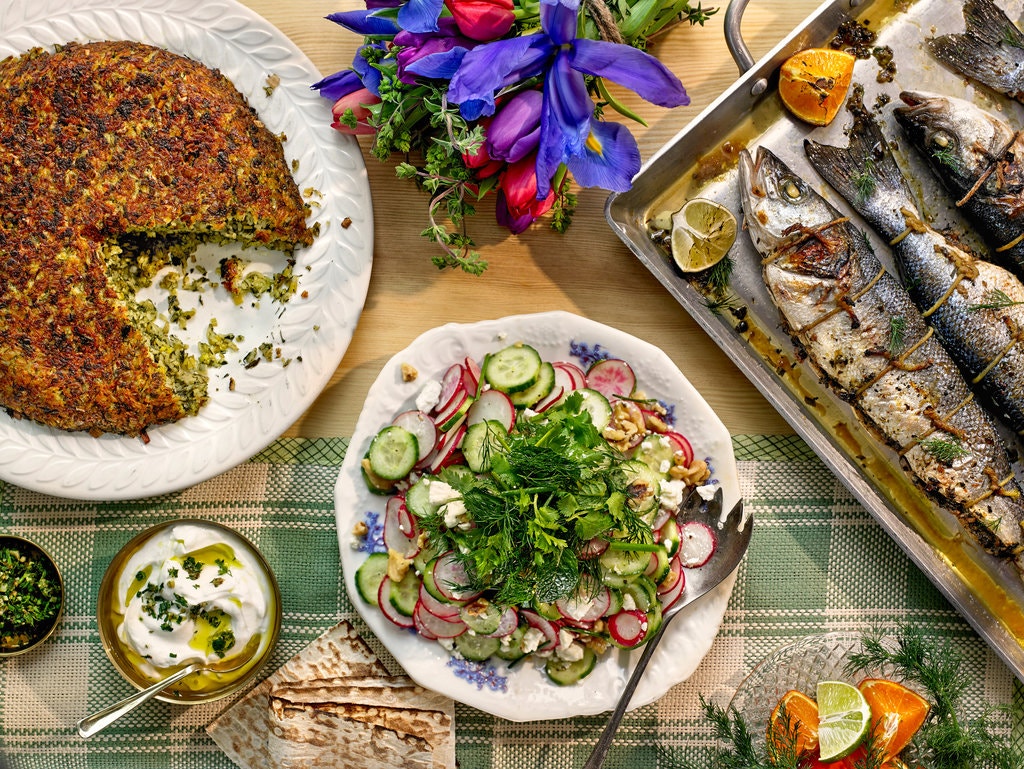


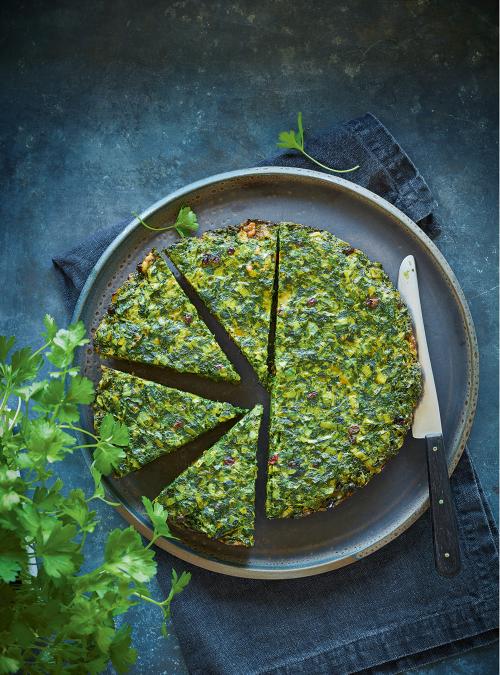
ROSH HASHANAH
Rosh Hashanah, or the Jewish New Year, is celebrated in early autumn around September or October . It lasts for two days and commemorates the creation of the world and the making of a fresh start. There are several symbolic foods that are served during the Rosh Hashanah meal. Here are a few: honey, pomegranates, leeks, and fish’s head.
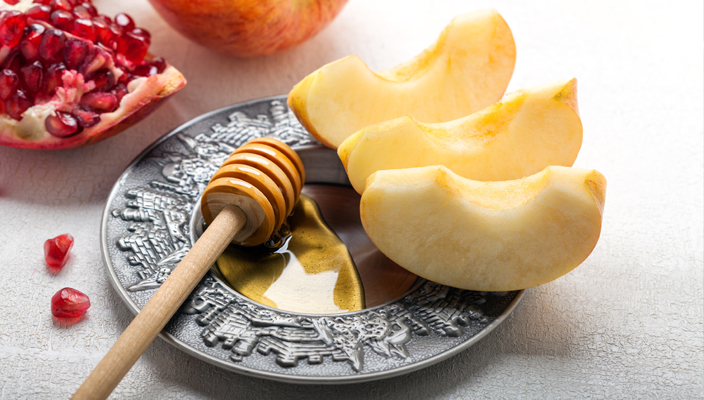


NEW YEAR’S RECIPE
Learn how to make challah, a braided bread that is eaten during Rosh Hashanah! Challah is baked round during Rosh Hashanah to symbolize continuity and eternal life. It is often eaten with honey!
- 3 1/2 teaspoons of active dry yeast (or 1 1/2 packages)
- Sugar (separate 1/2 cup and 1 tablespoon)
- 1/2 cup vegetable oil
- 5 large eggs
- 1 tablespoon salt
- 8 cups of all-purpose flour
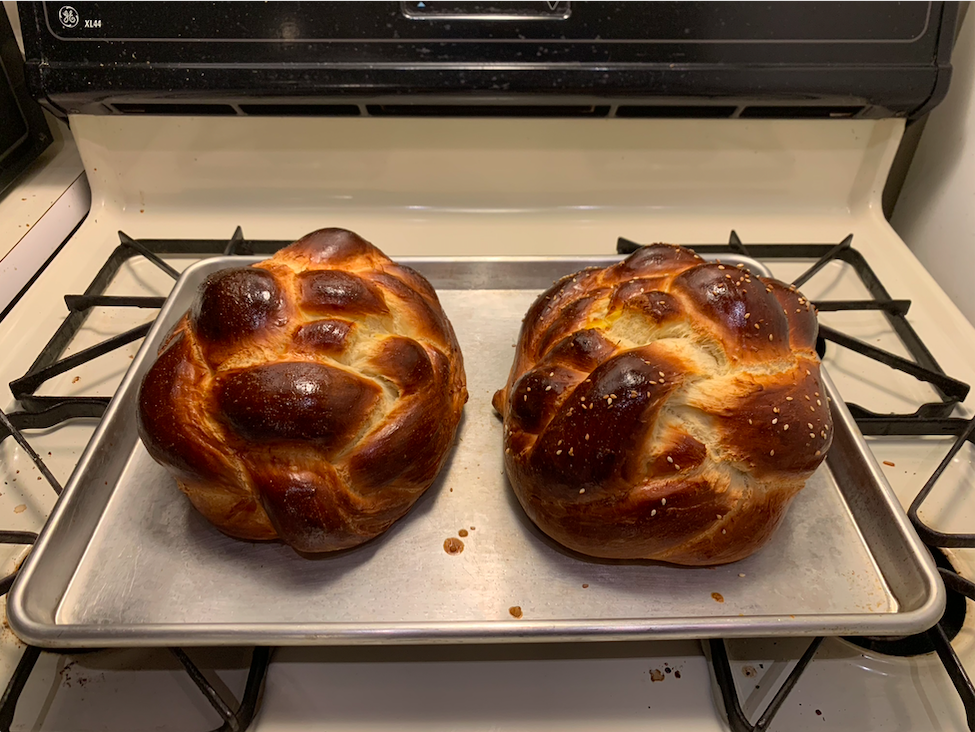
Meet Graham Scholar Isabel Brush-Mindell!
I am currently a senior at the University of Michigan pursuing a dual degree in Cognitive Science and Economics. I have enjoyed my time as a part of the Graham Sustainability Institute because I have been able to draw on my passion for learning and collaborating in order to assist people and organizations within the local community. In the future, I hope to continue to make meaningful change through these avenues and hone my interests which lie at the intersection of climate change and sustainability, science, and human rights. In my free time I enjoy hiking, playing soccer, reading, and playing board (and card) games.
The Graham Scholars Program supports 50 undergraduate juniors and seniors at the University of Michigan Ann Arbor campus annually. The co-curricular program complements many academic programs. Scholars work with organizations through summer internships and sustainability projects that provide an opportunity to refine project management, collaboration, and other skills applicable to all career paths. The Scholars Program is open to all schools and colleges and is supported by the University of Michigan Graham Sustainability Institute, see graham.umich.edu/scholars.

